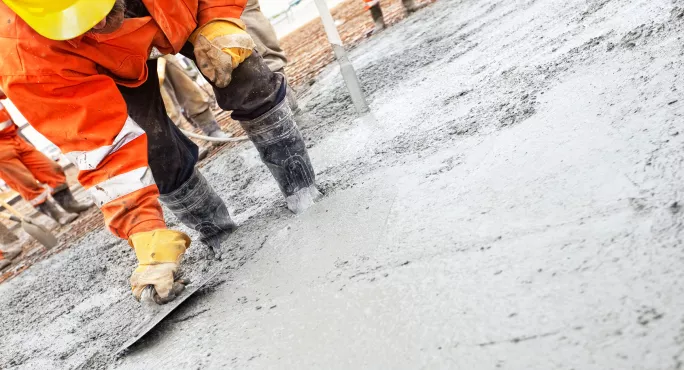RAAC: School surveys ongoing, DfE admits

Surveys to assess the presence of crumbly concrete in schools are ongoing, the government has admitted.
When asked by Tes, the Department for Education (DfE) said it had yet to complete surveys for schools that required follow-up visits to check harder-to-reach areas, which need more intrusive assessment for the presence of reinforced autoclaved aerated concrete (RAAC) in school buildings.
The DfE also did not confirm or deny whether the outstanding ongoing surveys include physical school visits.
The department’s admission that second surveys are ongoing comes after the education secretary said that some might have had to wait until the recent Christmas holidays to be carried out.
Gillian Keegan told the Education Committee last month that all schools waiting had received a first survey to check for the presence of collapse-prone RAAC.
However, she said some might still be waiting for second, more complex surveys that were needed to check harder-to-reach areas of school buildings.
“Some of those have been done, but if they are a bit more tricky they may be waiting for Christmas to do the second survey,” Ms Keegan told MPs at the time, explaining that they might need to be carried out when pupils were off-site.
- Latest on RAAC: 231 schools on confirmed list
- RAAC concrete in schools: everything you need to know
- More on buildings: Is the school buildings crisis solvable?
NAHT general secretary Paul Whiteman said it was “extremely frustrating” that some schools were still waiting to be sure whether they had RAAC or not. He called on the government to establish a clear timetable to remove the risky concrete.
“It is essential that the remaining surveys are completed as quickly as possible to ensure that schools are not left in limbo and pupils are not suffering unnecessary disruption,” he added.
Geoff Barton, general secretary of the Association of School and College Leaders, said it was “extremely disappointing” if the surveys had still not been carried out.
“We’re now more than four months on from when this crisis erupted and it isn’t really acceptable if we are still in a position of not knowing whether RAAC is present in some schools.”
He added that some schools had faced surveying difficulties because of asbestos and again urged the government to invest more money into capital funding to resolve building issues.
Keegan: RAAC-free school deadline will be set shortly
Ms Keegan also told MPs in December that the DfE would be able to provide a “definitive date” that all schools could be deemed safe from RAAC “very shortly”.
She said at the time: “I don’t think it will be before Christmas, but let me say that it will be a new year present.”
The DfE’s most senior civil servant, Susan Acland-Hood, who gave evidence alongside Ms Keegan last month, said she would write to the committee to confirm how many schools were still waiting for temporary classrooms.
At the time, 41 settings had temporary buildings on site, with a total of around 215 temporary buildings in place in total.
Education unions have been calling for more information from the DfE on schools still awaiting surveys since the beginning of the RAAC crisis this academic year, and have also asked the education secretary what deadline has been set to clear RAAC from every school.
A total of 231 schools have been confirmed to have RAAC, according to the latest update.
The worst-affected schools had to close fully or partially when RAAC was first identified and some had to implement remote learning at the start of term last September.
Many of those have since returned to face-to-face teaching but are using temporary buildings or off-site locations.
Some schools, particularly those facing a lack of specialist classrooms, have called for special consideration for RAAC-affected pupils in exams. However, no mitigating measures have so far been offered.
RAAC is a lightweight form of concrete panel that was used in the construction of thousands of public buildings from the 1950s onwards, and which has since been found to be problematic after there were incidents of beams containing the concrete collapsing.
The DfE began monitoring the issue after a Kent school experienced a RAAC collapse in 2018. Schools were asked to complete questionnaires to tell the DfE whether they needed a survey for RAAC.
The DfE changed guidance to classify all RAAC as critical just before this academic year started after there were subsequent RAAC failures over the summer.
For the latest education news and analysis delivered directly to your inbox every weekday morning, sign up to the Tes Daily newsletter
You need a Tes subscription to read this article
Subscribe now to read this article and get other subscriber-only content:
- Unlimited access to all Tes magazine content
- Exclusive subscriber-only stories
- Award-winning email newsletters
Already a subscriber? Log in
You need a subscription to read this article
Subscribe now to read this article and get other subscriber-only content, including:
- Unlimited access to all Tes magazine content
- Exclusive subscriber-only stories
- Award-winning email newsletters



